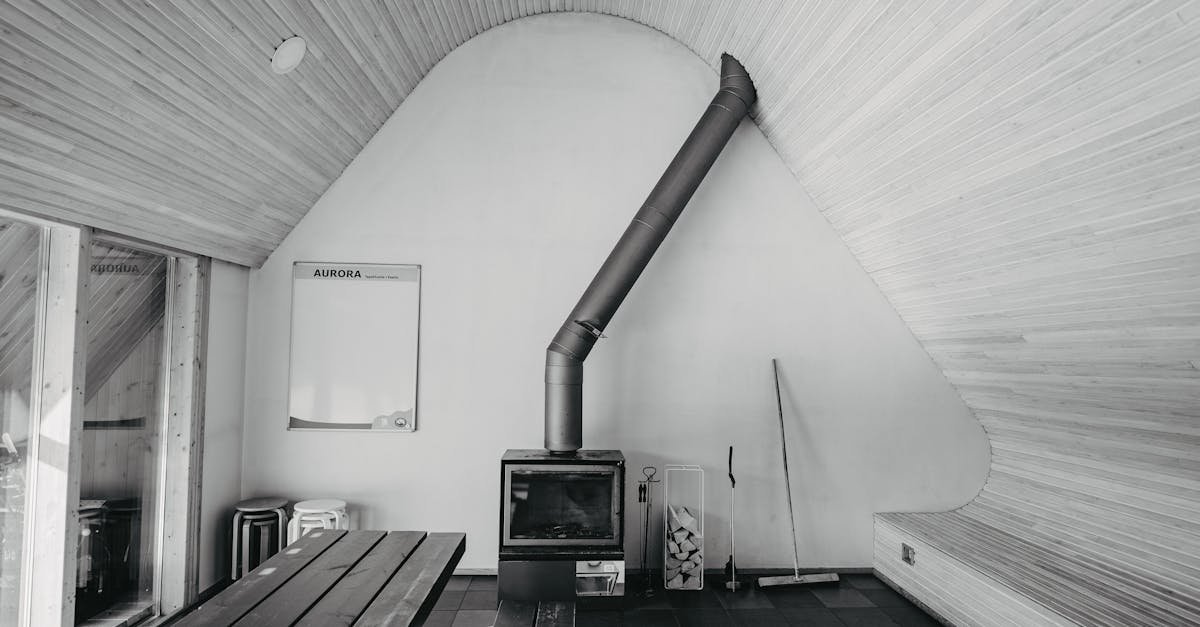When choosing between ceramic and infrared heaters, it often boils down to your specific heating needs. Ceramic heaters heat the air quickly, making them ideal for small spaces and providing immediate warmth. On the other hand, infrared heaters warm objects and people directly, which can be more energy-efficient for larger areas.
If you want fast, focused heat, ceramic might be your best bet. But if you’re looking for a more consistent warmth that covers a larger space, infrared could be the way to go. Understanding these differences can help you make the right choice for your home.
Overview of Heater Types
Ceramic heaters and infrared heaters serve different heating needs. Understanding these types helps you choose the right one for your space.
Ceramic Heaters
- Ceramic heaters work through resistive heating. An electric current flows through a ceramic element, typically made from Positive Temperature Coefficient (PTC) material.
- This process generates heat, distributed by a built-in fan. The fan creates convection heating, circulating warm air quickly.
- Ceramic materials ensure good thermal conductivity. They heat efficiently and maintain a consistent temperature.
- Ideal for small spaces, these heaters provide immediate warmth. You can place them in rooms like bedrooms or offices for quick comfort.
- Infrared heaters convert electricity into radiant heat. This direct heat transfer warms objects and people without heating surrounding air.
- The warmth resembles sunlight or the heat from a fire. It gives a cozy feeling and can feel warmer than ambient air.
- Most effective for larger spaces, infrared heaters can warm multiple areas at once. You might use them in living rooms or outdoor patios for consistent heat.
- These heaters typically consume less energy, making them an energy-efficient option. They offer cost savings on heating bills over time.
Both heater types bring unique advantages. You can consider your specific needs before making a choice.
Benefits of Ceramic Heaters
Ceramic heaters offer several advantages that make them popular among users seeking effective heating solutions. They’re designed to meet various needs, providing quick warmth and comfort.
Energy Efficiency
Ceramic heaters use power efficiently, especially in small, enclosed spaces. They heat up rapidly, with many models providing heat almost instantly. The fan feature circulates warm air evenly, minimizing energy waste. By using ceramic plates, these heaters retain heat, allowing them to continue warming a room after being turned off. This heat retention helps maintain a comfortable environment while saving on energy costs.
Safety Features
Safety is a priority with ceramic heaters. Most models include features like tip-over protection, shutting off the heater if it’s knocked over. Overheat protection systems prevent the device from exceeding safe temperature levels. Many ceramic heaters also come with cool-to-touch exteriors, reducing the risk of burns. Such safety measures ensure worry-free operation in homes and offices.
Advantages of Infrared Heaters
Infrared heaters offer several notable advantages that make them a strong choice for effective heating.
Instant Heat
Infrared heaters provide warmth immediately. They emit infrared radiation absorbed by objects and people, delivering quick heat. This method directly heats surfaces, not the air. As a result, you feel warm fast, even in larger spaces. Unlike ceramic heaters, which rely on air circulation, infrared heaters work well in drafty areas, ensuring comfort regardless of air movement.
Health Benefits
Infrared heaters contribute positively to your environment. They maintain natural humidity in the air, unlike traditional heaters that dry it out. This moisture preservation improves air quality, making it easier for you to breathe. For people with respiratory issues, this feature proves essential. Infrared heating supports overall well-being, creating a more comfortable indoor atmosphere.
Key Differences Between Ceramic and Infrared Heaters
Understanding the distinctions between ceramic and infrared heaters helps you choose the right heating solution. Each type has unique features that cater to different needs.
Heating Method
Ceramic heaters use convection heating. They generate warmth by passing electricity through a ceramic plate or a Positive Temperature Coefficient (PTC) element. As they heat up, a built-in fan circulates the warm air throughout the room. This method quickly warms small spaces like bedrooms or offices.
Infrared heaters, on the other hand, rely on radiant heat. They convert electricity into infrared radiation. This heat directly warms objects and people without significantly warming the air. Think of how sunlight feels—it’s that direct warmth you experience. Infrared heaters excel in larger areas, such as living rooms or outdoor patios.
Cost Considerations
Ceramic heaters often have a lower upfront cost. They are typically more affordable to purchase. Their effectiveness in small spaces means you might save money on energy bills. But, the fan can lead to some noise during operation.
Infrared heaters may carry a higher initial price tag. Even though this, they can provide significant long-term savings. These heaters maintain warmth efficiently, reducing overall energy consumption. They also keep the indoor humidity steady, which can lower heating costs and enhance comfort for people with respiratory issues.
Evaluating both methods and costs helps you make an informed choice based on your heating needs.
Conclusion
Choosing between ceramic and infrared heaters eventually depends on your specific heating needs. If you’re looking for quick warmth in smaller spaces ceramic heaters are a great option. They’re efficient and safe making them ideal for bedrooms and offices.
On the other hand if you need to heat larger areas or want an energy-efficient solution infrared heaters shine. They provide instant warmth and maintain air quality while potentially saving you money over time.
Understanding the unique benefits of each type helps you make an well-informed choice ensuring your home stays comfortable no matter the season.








